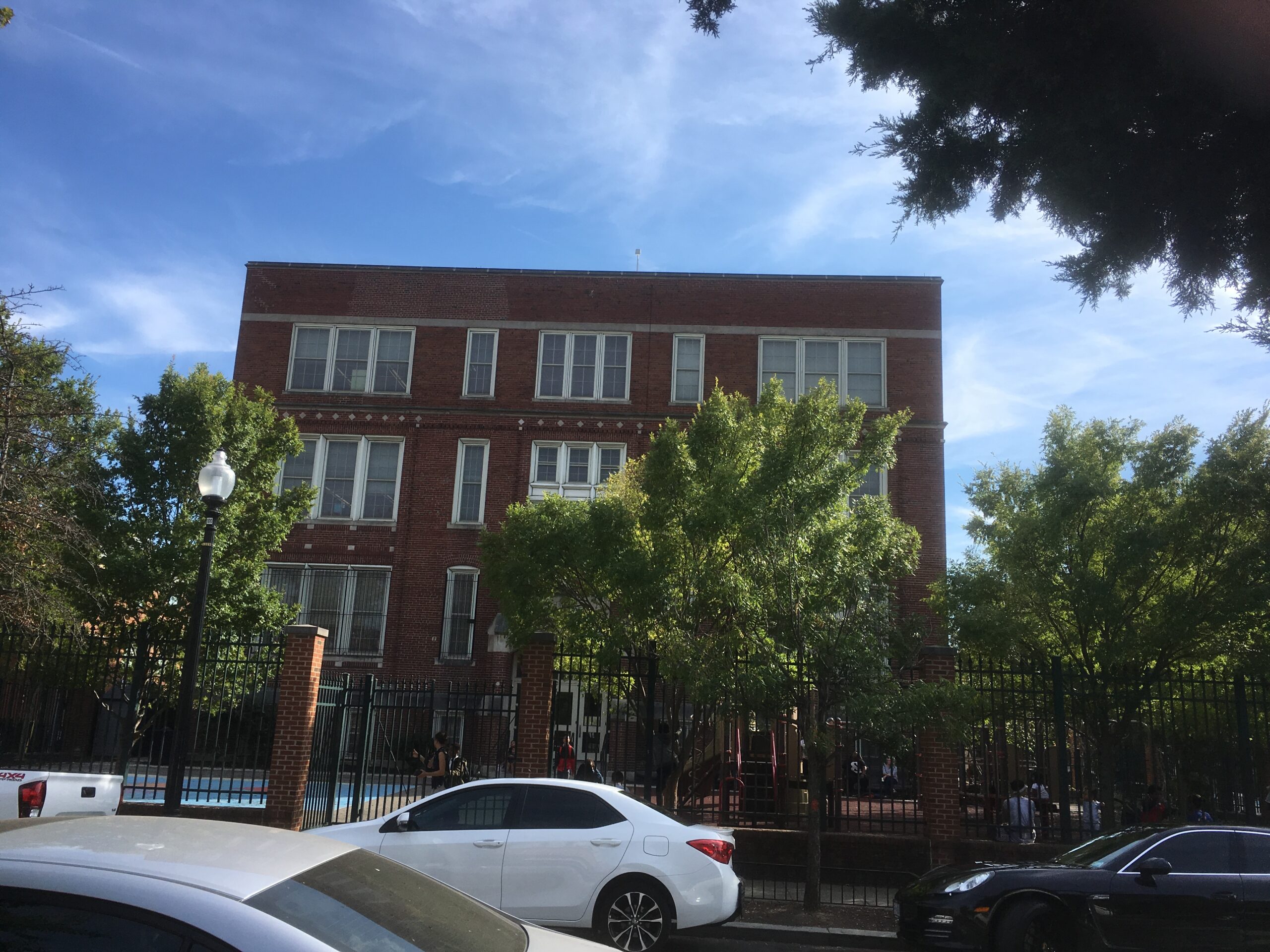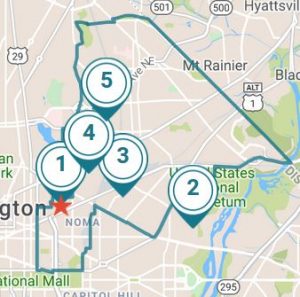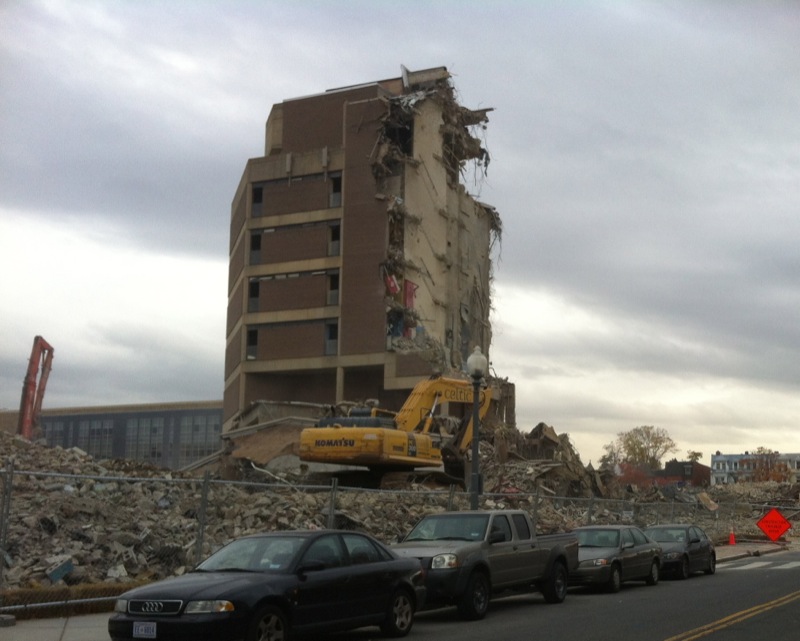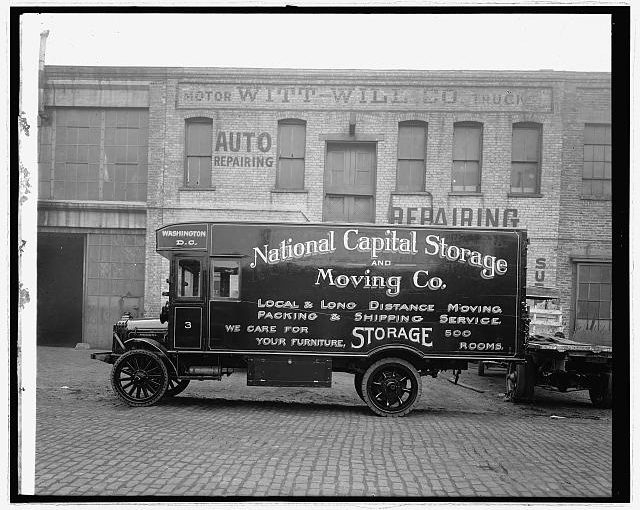
1825 8th St. NW
Type of school: Public
Grades: Pre-K 3 to 5
PreK3: 29; PreK4: 44; K: 42; 1st: 37; 2nd: 35; 3rd: 40; 4th: 39; 5th: 38
Before School care: No
After School care: Yes, Fee
Enrollment: 304 (2018-19)
Permanent DCPS Programmatic Capacity, 346; Unfilled Seats, 42 (2018-19)
Cost Per Pupil- $11,029 (300 students 2019-2020 General Education)
Boundaries
Percent of in-boundary participation: 29.1% (2017-18)
Schools attended by in-boundary students (2017-18)
| Name of School | # of Students |
| Seaton Elementary School | 25 |
| KIPP DC – Lead Academy PCS | 22 |
| Thomson Elementary School | 17 |
| Friendship PCS – Armstrong | 13 |
| KIPP DC – Grow Academy PCS | 10 |
Physical Activity Time: Grades K-5: 75 Minutes/week
| PARCC Scores 2018-19, % meeting & exceeding expectations | |||||
|---|---|---|---|---|---|
| Black | White | Hispanic | Asian | ||
| ELA 2018-19 | 20.3% | N/A | 29.7% | n<10 | |
| Math 2018-19 | 20.3% | N/A | 40.5% | n<10 | |
| Males ELA | 10.8% | N/A | 21.1% | N/A | |
| Males Math | 24.3% | N/A | 42.1% | N/A | |
Mari’s 2cents: I’m taking the participation rate with a grain of salt because I’m not sure if they are counting Pre-K kids who have to lottery into the boundary and space is limited. I have another table for other institutions that take OSSE money for Pre-K so there is that. Also notice which schools students are going to instead of Cleveland, Seaton (DCPS), KIPP Lead and Grow, Friendship-Armstrong, and Thompson (DCPS), these are schools in Shaw or close to it. Two of them are other DCPS schools, so it isn’t that DCPS schools aren’t fitting a need, just that particular one. I’m including unfilled seats because someone tweeted about a horrible number of unfilled seats in Ward 5. Forty-two seats seem small and I suspect those are spread out to the higher grades as the peak number of kids is below 1st grade. Cleveland has a dual language program for Spanish and English which looks very interesting and appealing. But you want to know what’s even more appealing? It’s like almost across the street from the Shaw metro.
Sources:
2018-19 School Year Annual Enrollment Audit Report Supplemental Tables
EdScape_Chapter 3 Facilities_Facility Enrollment and Utilization_6
http://dcpsbudget.ourdcschools.org/
https://www.dcschoolreportcard.org/schools/1-0224
https://www.myschooldc.org/schools/profile/23/
Detailed 2018-19, 2017-18, 2016-17 PARCC And MSAA Performance
FY1718_Public School Enrollments per DCPS Boundary





